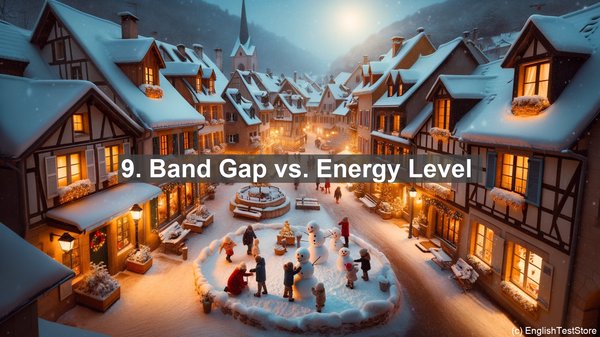Introduction
Welcome to our Nanophotonics class. Today, we’ll be discussing a topic that often leads to confusion – words. In any field, words hold immense importance, and Nanophotonics is no exception. So, let’s dive into the top 10 commonly confused words in Nanophotonics.
1. Photon vs. Phonon
The first pair of words that often cause confusion are ‘photon’ and ‘phonon.’ While both are fundamental in Nanophotonics, they have distinct properties. A photon is a particle of light, whereas a phonon is a particle of sound or vibration. Understanding this difference is crucial when studying the interaction of light and matter.
2. Absorption vs. Scattering
Next, we have ‘absorption’ and ‘scattering.’ These terms describe how light interacts with matter. Absorption refers to the process where light is absorbed by a material, converting it into another form of energy. On the other hand, scattering occurs when light is redirected in various directions due to interactions with particles or irregularities in the material’s structure.
3. Refraction vs. Reflection
Moving on, ‘refraction’ and ‘reflection’ are often used interchangeably, but they have distinct meanings. Reflection is the bouncing back of light when it encounters a surface, while refraction is the bending of light as it passes from one medium to another. These phenomena play a crucial role in the design of optical devices.
4. Index of Refraction vs. Absorption Coefficient
The ‘index of refraction’ and ‘absorption coefficient’ are two important parameters when characterizing materials. The index of refraction determines how light propagates through a medium, while the absorption coefficient quantifies the amount of light absorbed by the material. Both values are crucial in the design of optical components.

5. Dispersion vs. Diffraction
Dispersion and diffraction are often confused due to their similar-sounding names. Dispersion refers to the phenomenon where different wavelengths of light travel at different speeds through a medium, causing a separation. On the other hand, diffraction is the bending of light around obstacles or through narrow openings, resulting in the spreading of the light.
6. Plasmon vs. Photon
Plasmons and photons are both involved in the field of Nanophotonics, but they have distinct properties. While photons are particles of light, plasmons are collective oscillations of electrons in a material. Plasmonics enables the confinement of light to subwavelength scales, leading to exciting applications in sensing and imaging.

7. Near Field vs. Far Field
The ‘near field’ and ‘far field’ are terms used to describe the regions around a light source. The near field is the region close to the source, where the electromagnetic field is complex and varies rapidly. In contrast, the far field is the region further away, where the field is simpler and exhibits a well-defined pattern.
8. Quantum Dot vs. Nanoparticle
Quantum dots and nanoparticles are often used in Nanophotonics research. Quantum dots are semiconductor nanocrystals with unique electronic and optical properties, while nanoparticles are particles with dimensions on the nanoscale. Both have diverse applications, ranging from solar cells to biological imaging.
9. Band Gap vs. Energy Level
The ‘band gap’ and ‘energy level’ are terms used to describe the electronic structure of materials. The band gap is the energy range where no electronic states are allowed, while energy levels refer to the specific energies at which electrons can exist. These concepts are crucial in understanding the behavior of materials in light-matter interactions.
10. Photonic Crystal vs. Metamaterial
Lastly, we have ‘photonic crystal’ and ‘metamaterial.’ A photonic crystal is a periodic structure that manipulates the flow of light, enabling control over its propagation. On the other hand, a metamaterial is an artificially engineered material with properties not found in nature. Both have revolutionized the field of Nanophotonics with their unique capabilities.
